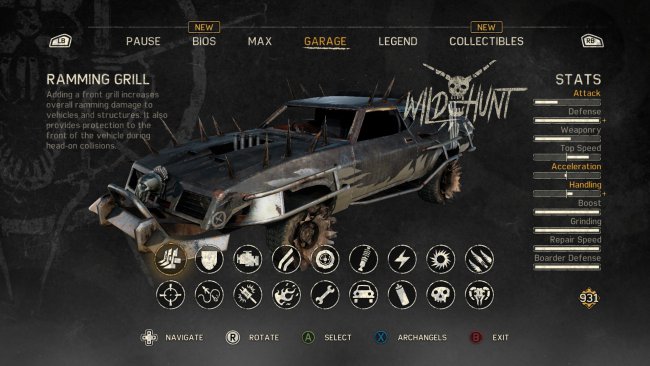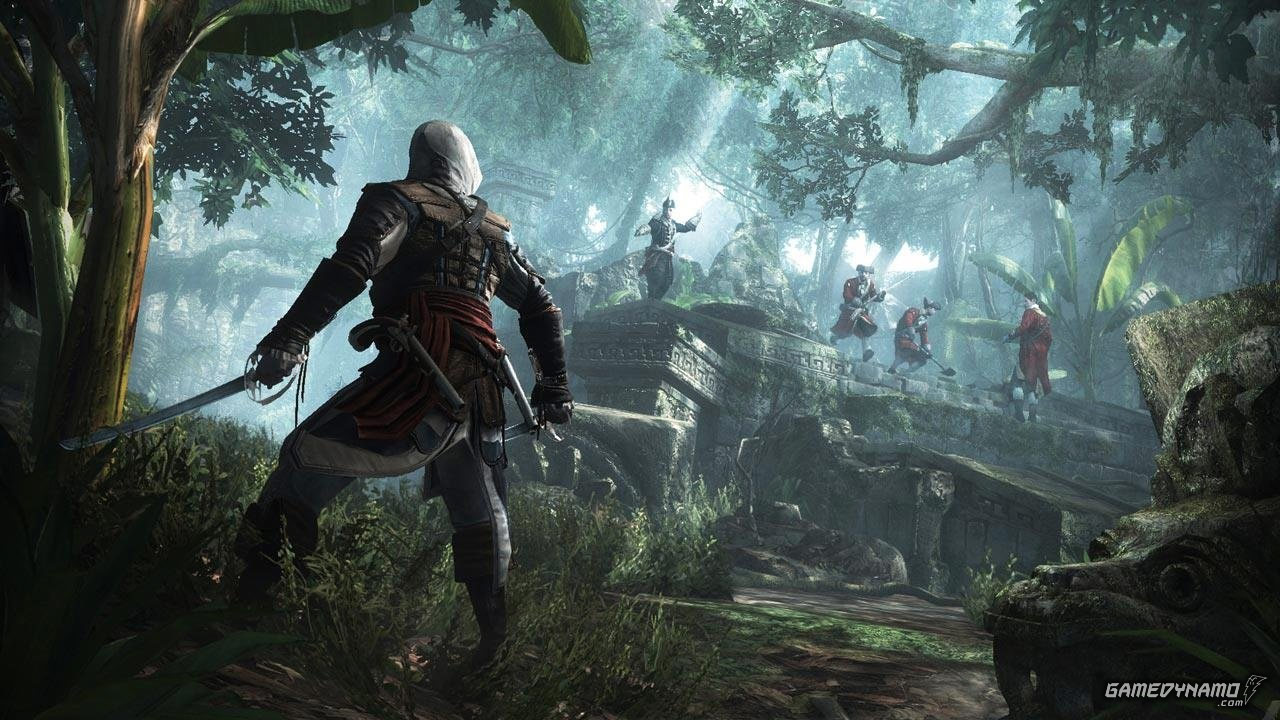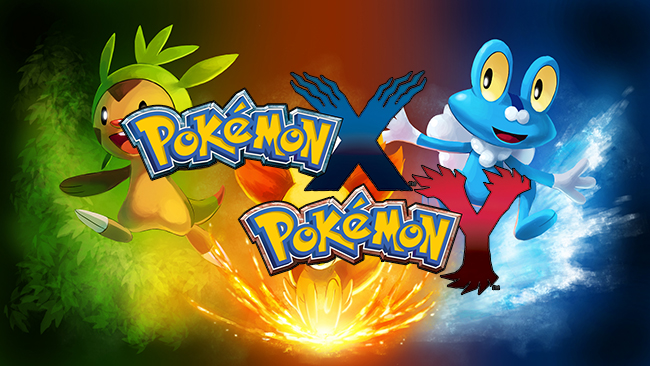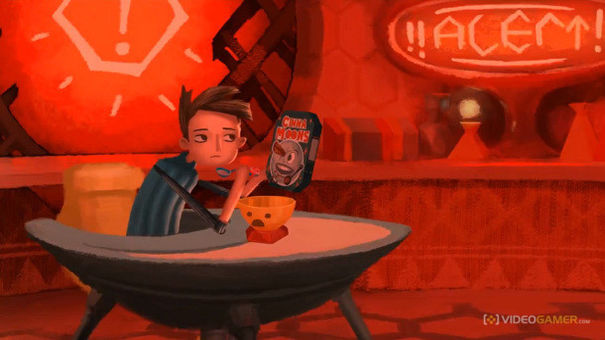

Hosting a playtest can be great fun and very informative, but at worst it can be a tedious, boring mess of a time. I’ll describe here a few techniques on how to manage your time, maximize the fun you and your guests have, and maximize the generation of useful information on how to tweak and revise your game.
Invitations
The first thing you’ll want to do is make a list of people that may be interested in helping you playtest. You’ll want a group of people that mesh well together, first of all. Nothing spoils a good playtest like a group of incompatible personalities. However, don’t be too narrow about it either. Ask some of your board-gaming buddies if they know anyone that would be interested. Sometimes you’ll find some fresh blood that you never would have expected otherwise. A good mix of fun-lovers, analytical minds, and good listeners tend to bring around pretty satisfactory results.
Once you have a good list, start contacting. Don’t overdo it, though. You don’t want a dozen people for a two-player game, though having a couple extra people on hand doesn’t hurt, either – you can swap people in and out, get outside observations (spectating a game can give a very different perspective than playing it – the sports coverage industry is a pretty great example of this), and sometimes it’s just good to have a few more people to chat with between rounds.
Once you have a list of willing participants, set a date and time that works for everyone involved (this may prove the most difficult challenge out of any when it comes to playtesting or even gaming), and get to preparations!
Preparations
A few times, I’ve thrown together a playtest with many days of advance warning, but once my guests arrived, I realized I had almost nothing prepared. They were fun times (off-the-cuff improvisational playtests can be a nice twist now and then), but the playtesting itself generally dissolved into banter and goofing around. Then we got hungry and talked about what to eat for a half an hour. Then we went and retrieved food. Then we ate and chatted more. Not a particularly fruitful evening, information-wise.
Point is, have a plan. You don’t just want a game ready to play, you want a schedule. If you expect to be playing for an extended period or during meal times, plan for that. Take your guests’ food orders ahead of time. Have plenty of refreshments on hand. Make sure anyone else living in the building in which you’re hosting is okay with what will be happening (though this should go without saying!).
Sometimes, the pacing of a game goes nothing like you expected it to. The game might stall because you’re missing a key rule, or maybe one phase of a turn takes entirely too long to work through. Don’t be afraid to make adjustments on-the-fly to help quicken the pace, but don’t confuse poor design with learning curve. If there’s something genuinely missing that you just passed over in the previous design stages, throw something in – take a vote, ask for input, etc.; but if there’s something that you designed specifically to flow a certain way and your players are having a tough time figuring it out, give it some time first. If it doesn’t seem to flow any better and continues to bog down the playtest, either take notes on that concept, or adjust on the fly, again taking a vote, asking for input, etc.
Make sure you have all the necessary equipment on hand. You’ll need your game’s written rules, game board (if any), game pieces (if any), table and chairs (if applicable. This may seem like a no-brainer, but I can’t tell you how many times we’ve had to improvise seating or extra table space because of this silly oversight!), and a pen and notepad for everyone involved. A voice recorder or camcorder doesn’t hurt, either. I’ve never used either of these myself, but I don’t doubt their usefulness.
Lastly, BE FLEXIBLE. You need to be able to take criticisms. Don’t get too attached to your rules, even your awesomely clever mechanics. Chances are high that you’ll need to change many things! So do some yoga and breathing exercises, listen to some Yanni, and chill.
The Playtest!
Once everyone arrives, welcome them, ask who wishes to play first (or rock-paper-scissors, flip some coins, roll some dice, toss a caber), and get started!
Ask your players to write down any questions, comments, or suggestions, even if they are brought up vocally and answered. You yourself should write down any replies you give, in addition to any other notes you take during the playtest. Mark down anything you suspect to be too complex, too simple, too lacking, too slow, and so forth. If you’re not a fantastic note-taker, don’t sweat it. At worst, it may take some extra time after the playtest to match everything up. If you’re interested in methods of note-taking, I highly suggest the Cornell method or the Action method. Both are simple and highly productive.
Resolution
Once you’ve played a few rounds and/or used up your allotted time, thank your guests and ask them for any last input they might have. Collect their notes, and cool down. If you wish, jump right into tweaking, but I suggest letting the playtest gestate in your mind for a while. Follow up with your guests after a few days to see if they thought of anything else they’d like to add.
Revision
Smooth out the creases, unkink the kinks, and untie the knots. Using a combination of your design judgment and collection of notes, make changes to the game. The specifics are enormous in number, so I’m not going to dive into that here. Also, don’t expect your first revision to be the last – schedule another playtest as soon as you’re ready! After sessions unnumbered, you’ll have a great (and possibly profitable) board game that can be enjoyed for years to come!




 . Plays November 18
. Plays November 18 Batman Arkham Origins Guide: Deadshot Side Quest Guide
Batman Arkham Origins Guide: Deadshot Side Quest Guide Fallout New Vegas Legendary Creatures Locations
Fallout New Vegas Legendary Creatures Locations Pokemon X & Y Guide: Pokemon in Connecting Cave - GamersHeroes
Pokemon X & Y Guide: Pokemon in Connecting Cave - GamersHeroes Double Fine: Why Broken Age Always Meant Broken Promises
Double Fine: Why Broken Age Always Meant Broken Promises